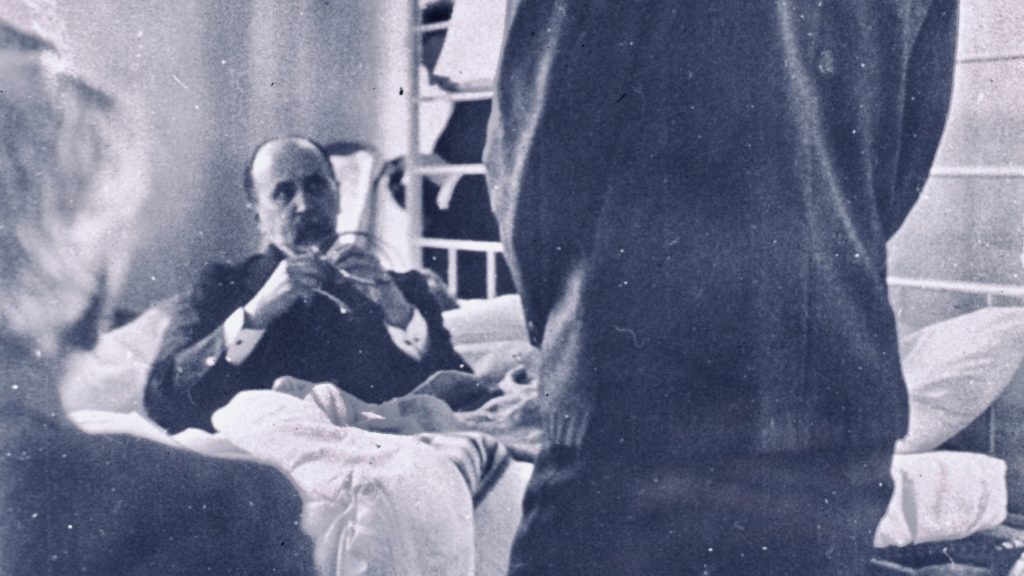
While I’m referencing parents in this post, the question has the same power independent of your field.
This clinical interview question …
- Fills visit dead space. When I finish my history and I’m washing my hands before the exam, the question creates the open-ended opportunity to hear a mother go free-range with her ideas. So it doesn’t add time to an encounter as much as it makes the white space more useful.
- Exposes the hidden agenda. Things that you would never think of materialize when you open up the floor for discussion. A parents view of a symptom is rarely aligned with my clinicopathological model of a complaint. ‘What do you think’ offers the parents lens on the matter.
- Respects the parent’s opinion. It’s amazing how many are surprised to hear the question. At the same time, most are prepared to discuss their hypothesis.
- Gives me alternative ideas. I get some great clues when I see the problem through the parent’s lens. And when I do something based on a great idea from a parent, they get charged up.
In medicine there are clinical interview questions that deliver high impact nuggets at low-cost. This is one of them. This question exposes critical data that, in the background, often drives my initial approach to diagnostics and therapy. If you are a health professional try it and you’ll see. Clearly, there are clinical specialty visits that are more transactional where open-ended questions are not as critical. A good example would be consultation with a surgeon for hernia repair where the task at hand is unequivocal.
And you ever see me in my office and I don’t ask this question, call me out. I’d like to say that I’ll refund your co-pay, I don’t have that power!
If you like this post you’ll really like the 33 charts Doctoring 101 archive. This tag marks posts that deal with the practical nature of caring for patients. It’s the stuff from 33 charts I could collect and give to residents and trainees. Check it out and surf around. We’ve got over 930 posts here to help you understand just how the world of medicine is changing and, more importantly, how you can change with it.
Modified image of William Osler via the U.S. National Library of Medicine.